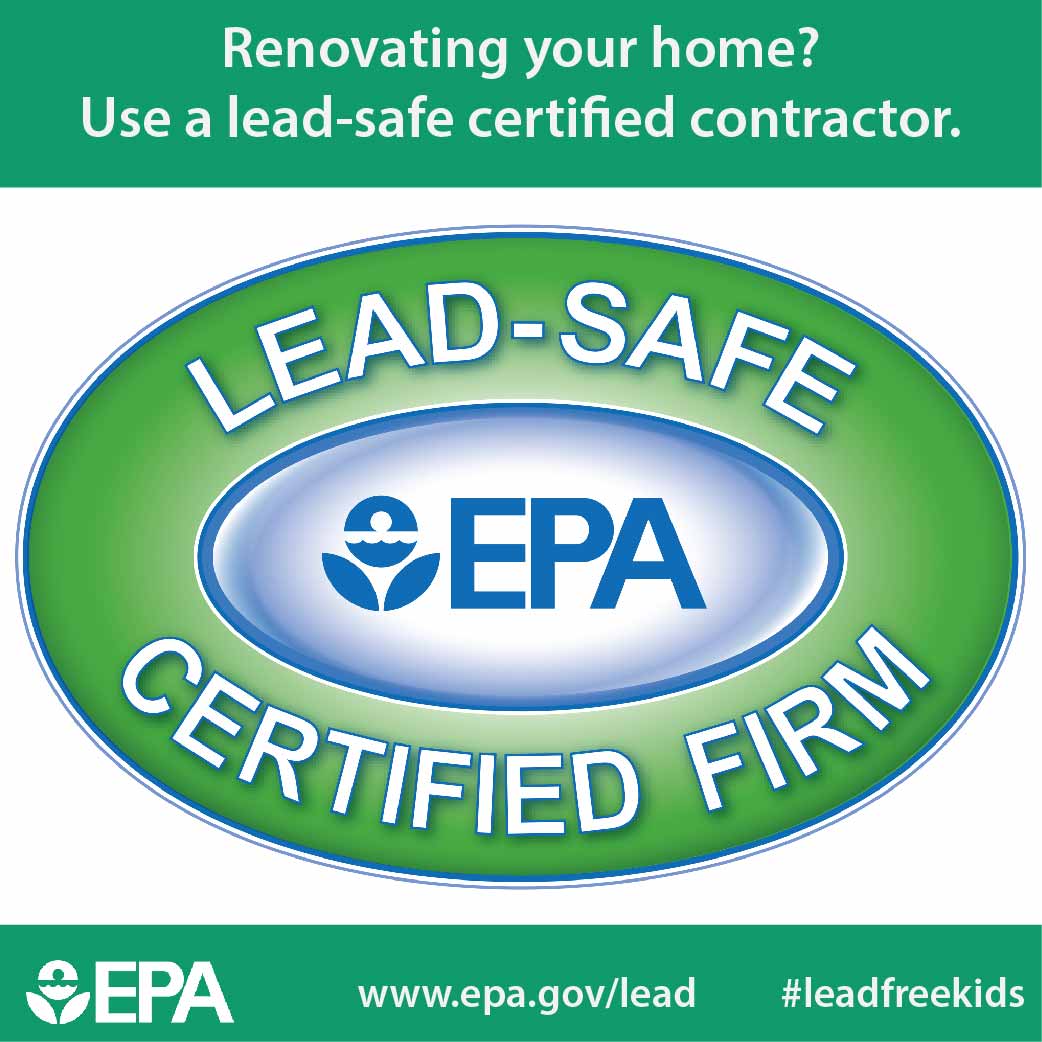Check Out The Function Of Seasonal Consider The Success Of Commercial Outside Paint And Uncover The Best Times To Protect Long-Term Outcomes For Your Task
Check Out The Function Of Seasonal Consider The Success Of Commercial Outside Paint And Uncover The Best Times To Protect Long-Term Outcomes For Your Task
Blog Article
house painter near me By-Fox Bagger
When you're intending a commercial external paint project, seasonal variables can make or break your results. You'll want to take into consideration just how temperature and moisture effect paint application and drying out times. Selecting the appropriate period can ensure your paint sticks effectively and lasts much longer. Yet which seasons are really the very best for this type of job? Let's explore the crucial elements that can influence your project's success.
The Effect of Temperature on Paint Application
When you're preparing a commercial external paint project, the temperature can dramatically influence how well the paint sticks and dries.
Preferably, you want to repaint when temperature levels range in between 50 ° F and 85 ° F. If it's too chilly, the paint may not treat correctly, leading to problems like peeling or splitting.
On the other side, if it's also warm, the paint can dry out too promptly, protecting against appropriate attachment and causing an unequal coating.
You ought to additionally consider the time of day; early morning or late afternoon provides cooler temperatures, which can be more beneficial.
Constantly check the manufacturer's referrals for the certain paint you're making use of, as they often supply assistance on the perfect temperature variety for ideal results.
Moisture and Its Impact on Drying Times
Temperature level isn't the only ecological aspect that influences your industrial external painting project; moisture plays a substantial function also. High moisture levels can slow down drying out times substantially, impacting the general top quality of your paint job.
When the air is saturated with wetness, the paint takes longer to heal, which can lead to issues like inadequate attachment and a higher threat of mold development. If https://www.today.com/home/what-know-about-painting-room-black-t87976 on a particularly humid day, be planned for extended wait times between layers.
It's critical to keep track of local weather and strategy appropriately. Preferably, aim for moisture levels between 40% and 70% for optimum drying.
Maintaining these consider mind ensures your job stays on track and supplies a lasting coating.
Best Seasons for Commercial Exterior Paint Projects
What's the most effective time of year for your business outside paint jobs?
Springtime and early fall are normally your best options. Throughout these periods, temperatures are moderate, and moisture degrees are usually reduced, creating suitable problems for paint application and drying out.
Prevent summer's intense heat, which can cause paint to completely dry too quickly, leading to poor adhesion and finish. In a similar way, winter season's cold temperature levels can hinder appropriate drying and curing, risking the durability of your paint work.
Aim for days with temperature levels in between 50 ° F and 85 ° F for ideal results. Keep in mind to inspect the local weather forecast for rainfall, as wet problems can ruin your job.
Planning around these factors guarantees your paint job runs smoothly and lasts longer.
Verdict
In conclusion, intending your commercial exterior paint jobs around seasonal factors to consider can make a significant difference in the outcome. By scheduling work during the optimal temperatures and moisture levels, you'll ensure much better bond and drying times. Remember to keep an eye on regional weather report and pick the correct time of year-- spring and early autumn are your best choices. Taking these actions will help you achieve a sturdy and professional finish that lasts.
